The Qing Dynasty court contained a wealth of valuable experience in health preservation, disease prevention and treatment, and beauty care. Its well-crafted medical prescriptions and scientifically balanced diet still have significant guiding significance for modern health and disease treatment. Among them, the simple and easy-to-make tea drinks are particularly characteristic.
After a long hot summer, in autumn, the body is prone to heat accumulation, especially in the stomach and intestines. As a result, some people may experience symptoms such as burning sensation in the stomach, craving for cold drinks, bad breath, and constipation. Autumn is also characterized by dryness, which is related to the lungs. In traditional Chinese medicine, dryness is both a normal natural qi and one of the six pathogenic factors in external causes, known as "dry evil." Dryness easily damages the body's fluids, leading to clinical symptoms such as dry mouth and lips, dry nose and throat, dry and cracked skin, dry hair, decreased urine output, and constipation. Dryness also most easily damages the lungs, impairing lung fluid, and causing dry cough with little phlegm, sticky phlegm that is difficult to expectorate, phlegm with blood, and even chest pain and dyspnea.
Now in the golden autumn season, it is the time to clear dryness and moisten the lungs. Here, we will share with you some tea drink recipes from the Qing Dynasty that are suitable for autumn health preservation.

Palace Green Tea Drink
Green tea is suitable for autumn, as it has a mild nature and can moisturize the throat, dissolve phlegm, and reduce qi. Green tea, also known as Oolong tea, is a unique type of tea with distinctive Han Chinese characteristics among the several major types of tea in China. Oolong tea evolved from the Song Dynasty tribute tea "Longtuan" and "Fengbing" and was created during the Yongzheng reign of the Qing Dynasty. It has the effects of refreshing the mind, aiding digestion, moisturizing, quenching thirst, and sobering up. Common types of green tea include Tie Guan Yin, Wuyi Rock Tea, and Taiwanese Oolong.
Among them, Tie Guan Yin has a fragrant and elegant taste, with a natural orchid fragrance after brewing. It is known as "lingering fragrance after seven brews." According to legend, the name "Tie Guan Yin" also has a story related to the royal family. It is said that in the past, the Minister of Rites, Fang Wangxi, presented this tea to Emperor Qianlong. Emperor Qianlong liked it very much because the tea was dark green like iron, with a fragrant taste and beautiful appearance, resembling the goddess "Guanyin." Therefore, it was named "Tie Guan Yin."
Studies have found that Tie Guan Yin has the effects of anti-aging, anti-atherosclerosis, prevention and treatment of diabetes, weight loss and beauty, prevention and treatment of dental caries, and clearing heat and reducing fire. Research has also found that its organic chemical components, such as tea polyphenols, catechins, and various amino acids, as well as trace elements such as manganese, iron, fluorine, potassium, and sodium, are significantly higher than other types of tea. It is particularly high in fluoride content, ranking first among various types of tea, and has a certain effect on preventing and treating dental caries and osteoporosis in the elderly.
Overall, green tea can clear the lungs and moisturize the throat, improve respiratory system function, and prevent respiratory diseases. Its rich content of tea polyphenols can help regulate blood lipids, promote diuresis and bowel movements, inhibit bacteria and viruses, protect the liver and stomach, and eliminate oral odor. The abundant catechins have the effects of delaying aging, preventing dental caries, changing the distribution of intestinal microorganisms, antibacterial properties, and eliminating odors. They can also cleanse the intestines, improve microcirculation, and balance the digestive system.
Palace Substitute Tea Drink
In addition to green tea, there are many tea drink recipes from the Qing Dynasty that use medicinal herbs instead of tea, which are suitable for autumn consumption.

Golden Fruit Ophiopogon Drink
Original recipe: Ophiopogon 9 grams, autumn pear 1. Modern suggested dosage: Ophiopogon 9 grams, autumn pear 1. Method and usage: Boil in water and use as a substitute for tea. Specific method: Wash the Ophiopogon, cut the autumn pear into pieces, and boil them together in boiling water for 3 to 5 minutes. Drink when the water temperature is suitable. The cooked autumn pear can also be eaten.
Comments: This recipe was used by Empress Dowager Xiaoshencheng on May 20th, the 11th year of the Daoguang reign. Medical records also show that this empress dowager often used herbs such as Ophiopogon, bamboo leaves, and Lysimachia in her daily life. Based on the herbs used in the prescription, it can be inferred that the empress dowager may have had Yin deficiency and internal heat, manifested as symptoms such as dry tongue, thirst, and restlessness.
Ophiopogon has a slightly bitter taste and a sweet flavor. It has the effects of nourishing the stomach, moistening the yin, clearing the heart, and relieving restlessness. Autumn pear is a very common "food and medicine" product in daily life. It has a cool nature, a sweet and slightly sour taste, and the effects of moisturizing the throat, clearing heat, and transforming phlegm. It can be consumed by the general population. This tea drink is suitable for people with lung and stomach yin deficiency and heat, or heart yin deficiency and internal heat, with symptoms such as thirst, dry nose and throat, dry cough, constipation, restlessness, and insomnia. The tea drink has a simple combination of herbs and can be adjusted as needed in daily use. For example, if there is excessive liver fire with red and swollen eyes and dizziness, chrysanthemum flowers can be added. If there are obvious symptoms of sore throat and hoarseness, Fritillaria can be added. If there are severe symptoms of restlessness and insomnia, lotus seed hearts can be added to clear the mind and calm the spirit. However, it should be noted that autumn pear is cool in nature and contains sugar, so it should be used with caution by people with cold stomach, spleen deficiency and loose stools, or those with chronic gastritis and diabetes.

Autumn Pear Persimmon Cake Substitute Tea Drink
Original recipe: Half an autumn pear, one persimmon cake.
Method and usage: Boil in water and use as a substitute for tea. Specific method: Soak the persimmon cake without the stem in clear water for 10 to 15 minutes to fully dissolve its active ingredients. Cut the autumn pear into pieces and put it in boiling water with the soaked persimmon cake for 3 to 5 minutes. Drink when the water temperature is suitable. The cooked autumn pear and persimmon cake can also be eaten.
Comments: This recipe was recorded in a medical case during the period when Emperor Xianfeng was still the Fourth Prince. It was used to clear the lungs and stop coughing with autumn pear persimmon cake substitute tea drink for the prince who had "lung heat and cold, resulting in aversion to cold, fever, cough, headache, soreness in the waist and legs, fatigue, and loss of appetite." After the prince's various symptoms improved under the treatment of imperial physicians, autumn pear persimmon cake substitute tea drink was used for lung-clearing and cough-stopping.
The autumn pear and persimmon cake in the recipe are common foods in daily life. Autumn pear has the effects of clearing heat, moisturizing the lungs, and reducing thirst, while persimmon cake can clear the lungs and stop coughing. As a substitute for tea, it has the functions of clearing heat, moisturizing the lungs, quenching thirst, and stopping cough. It is more suitable for cough and dry throat caused by lung heat and yin deficiency. Many patients with chronic pharyngitis often have symptoms such as itchy and dry throat, dry cough without phlegm or difficult expectoration, and even nausea and vomiting. This tea drink is especially suitable for them. If there are symptoms of restlessness and insomnia, Lily and Sour Date Seed can be added to calm the mind and soothe the nerves.

Maiju Substitute Tea Drink
Original recipe: Ophiopogon 3 grams, Fructus Aurantii Immaturus 1 gram, Orange Peel 1.5 grams, Platycodon grandiflorum 2 grams, Antelope Horn 1 gram, Licorice 4 fen. Autumn pear 3 slices.
Modern suggested dosage: Ophiopogon 9 grams, Fructus Aurantii Immaturus 3 grams, Orange Peel 4 grams, Platycodon grandiflorum 6 grams, Antelope Horn Powder (commonly replaced with Goat Horn Powder or Water Buffalo Horn Powder) 3 grams, Licorice 2 grams, autumn pear half.
Method and usage: Boil in water and use as a substitute for tea. Specific method: Slice the autumn pear and put it in boiling water with Ophiopogon, Fructus Aurantii Immaturus, Orange Peel, Platycodon grandiflorum, Licorice, and autumn pear. Boil for about 5 to 10 minutes. Drink when the water temperature is suitable. Add Goat Horn Powder or Water Buffalo Horn Powder to the cup before drinking. The cooked autumn pear can also be eaten.
Comments: This recipe is mentioned in the medical records of Empress Dowager Xiaochengsheng during the Daoguang reign. On October 11th, the fourth year of the Daoguang reign, Empress Dowager Xiaochengsheng had symptoms of "headache, body pain, heat, and bloating." Imperial physicians Cui Liangyu and Ye Yuande diagnosed her as having "floating and slippery pulse," indicating that she had "pregnancy-related liver and stomach heat, combined with cold and cool symptoms." They prescribed Lingzhu Liuhe Tang. After twelve days, the external symptoms improved, but she still had a slight cough due to lung heat. Therefore, imperial physicians Zhang Yongqing and Cui Liangyu prescribed Maiju substitute tea drink for her adjustment.
In this recipe, Antelope Horn can clear liver fire and also clear lung and stomach heat. Ophiopogon, autumn pear, and Licorice can clear heat and moisturize the lungs. Fructus Aurantii Immaturus and Platycodon grandiflorum can stop coughing and transform phlegm. Orange Peel can promote qi movement and invigorate the middle. The overall combination of herbs in this recipe precisely targets the pathology. This substitute tea drink is more suitable for patients with liver fire and lung and stomach yin deficiency leading to symptoms such as dizziness, irritability, red eyes, headache, sore throat, dry cough, and dryness. If there are symptoms of gum swelling and pain, oral ulcers, and stomach pain, Scrophularia can be used together. If there are obvious symptoms of dry cough with little phlegm and dry throat, Fritillaria, Platycodon grandiflorum, and almond can be added to moisturize and clear the lungs.

Moisturizing Substitute Tea Drink
Original recipe: Qingguo (green fruit) 5, Dendrobium 2 grams, Chrysanthemum 2 grams, Chinese water chestnut 5, peeled Ophiopogon 3 grams, fresh Phragmites 2, chopped mulberry leaves 3 grams, bamboo shavings 2 grams, fresh lotus root 10 slices, pineapple 2.
Modern suggested dosage: Qingguo (green fruit) 5, Dendrobium 6 grams, Chrysanthemum 6 grams, Chinese water chestnut 5, peeled Ophiopogon 9 grams, fresh Phragmites 12 grams, mulberry leaves 9 grams, bamboo shavings 6 grams, fresh lotus root 10 slices, pineapple 2.
Method and usage: Boil in water and use as a substitute for tea. Specific method: First, peel the Qingguo, Chinese water chestnut, and lotus root, and soak them in clear water for 10 to 15 minutes. Then, cut the pineapple into pieces and put it in boiling water with the soaked Qingguo, Chinese water chestnut, and lotus root, as well as Dendrobium, Chrysanthemum, Ophiopogon, Phragmites, mulberry leaves, and bamboo shavings. Boil for about 5 to 10 minutes. Drink when the water temperature is suitable.
Comments: This is a substitute tea drink that Empress Dowager Cixi used on March 11th, the 32nd year of the Guangxu reign. The medical records of Empress Dowager Cixi in the 31st year of the Guangxu reign showed that she had symptoms mainly related to liver fire and lung and stomach heat. At the beginning of the 32nd year of the Guangxu reign, her condition was still stable, but liver fire and lung heat had not been completely cleared, and there was a risk of yin deficiency and dryness. This substitute tea drink was used for clearing heat, nourishing yin, moisturizing, and relieving dryness.
This recipe is derived from the Five Juice Drink in "Differentiation of Warm Diseases." The original recipe uses pear juice, Chinese water chestnut juice, fresh reed root juice, Ophiopogon juice, and lotus root juice (or sugarcane juice) in appropriate amounts, mixed and cooled for consumption, to treat people with excessive heat in warm diseases. Now, it has been added with Qingguo, Dendrobium, mulberry leaves, bamboo shavings, and Chrysanthemum, which have more obvious effects of moisturizing, nourishing yin, and relieving dryness. Among them, Qingguo can clear heat, detoxify, and moisten the throat; Dendrobium can nourish stomach yin and kidney yin; Phragmites and bamboo shavings can clear heat, moisturize, relieve restlessness, and stop vomiting. At the same time, the recipe also includes mulberry leaves and Chrysanthemum, which can soothe liver yang, clear the liver, and improve vision. When used together, these herbs have the effects of clearing heat, nourishing yin, moisturizing, relieving restlessness, and can also soothe the liver, clear the liver, and improve vision.
It is suitable for people with symptoms such as thirst, itchy and dry throat, cough, restlessness, irritability, dry eyes, and eye discomfort. This recipe contains many herbs, but they have a mild nature and do not harm the spleen and stomach. They can moisturize and relieve dryness and restlessness. If there are obvious symptoms of dry eyes and eye discomfort, goji berries can be added. If there are symptoms of cough with little phlegm and dry throat, Tuckahoe, Platycodon grandiflorum, and almond can be used together.



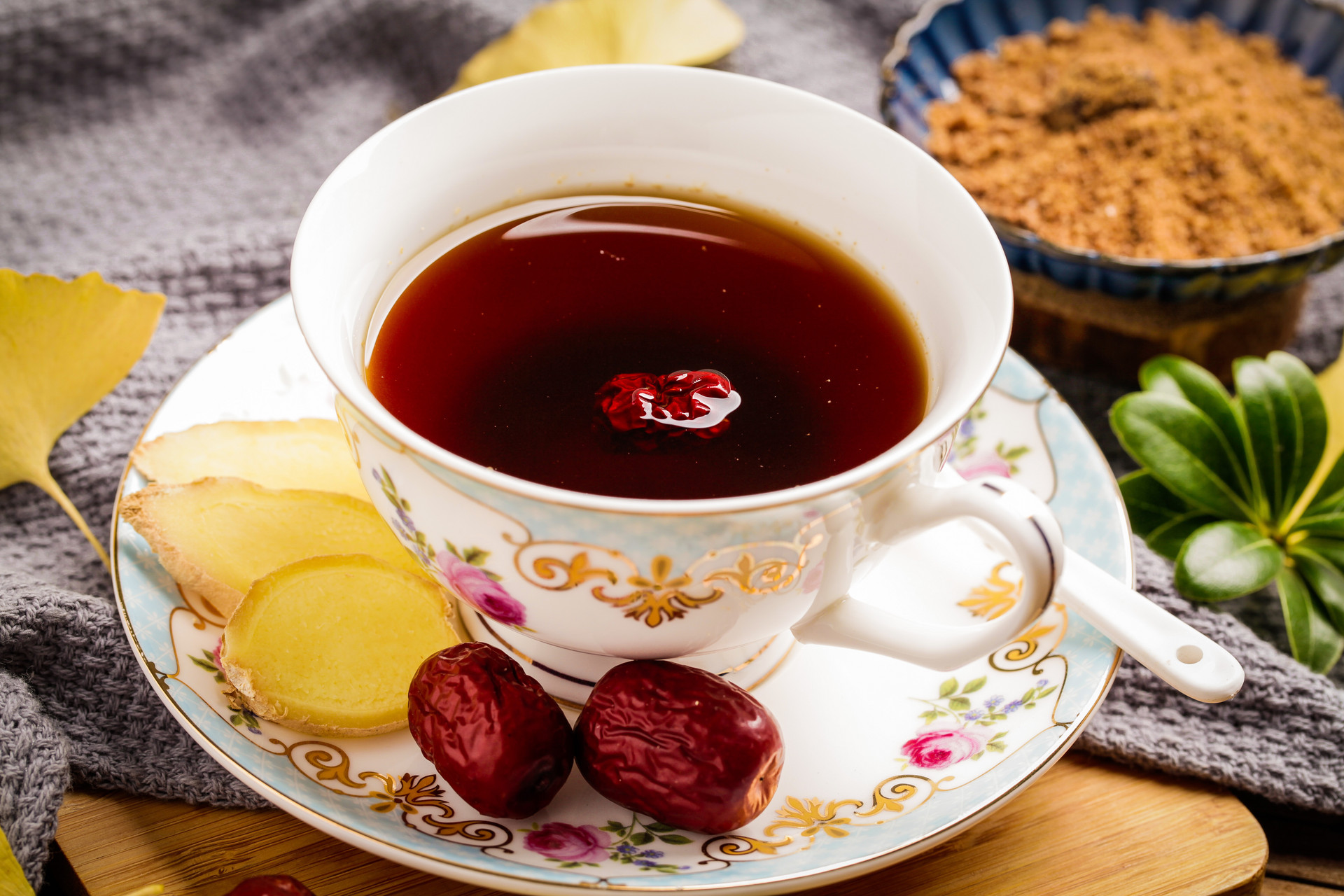
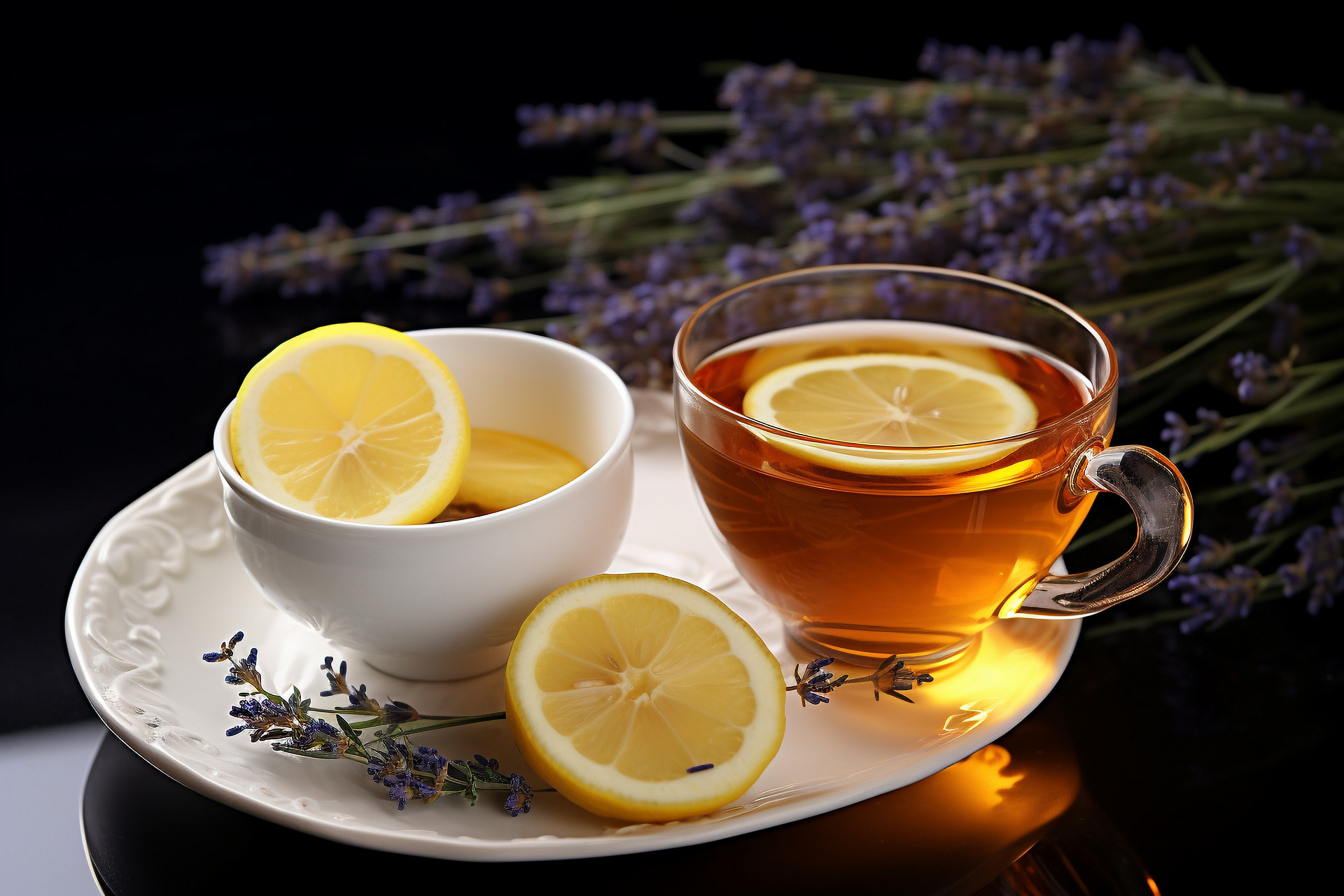
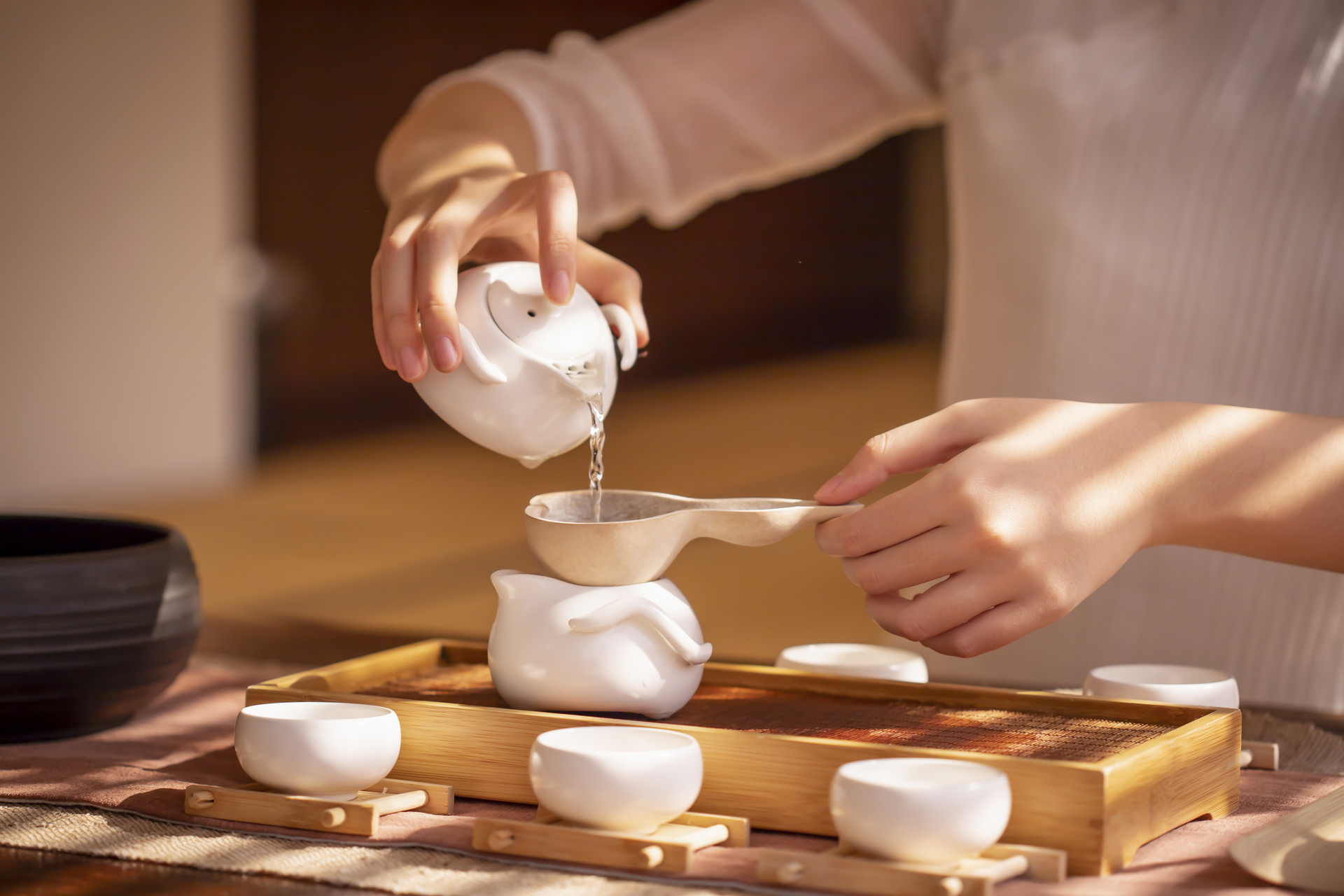
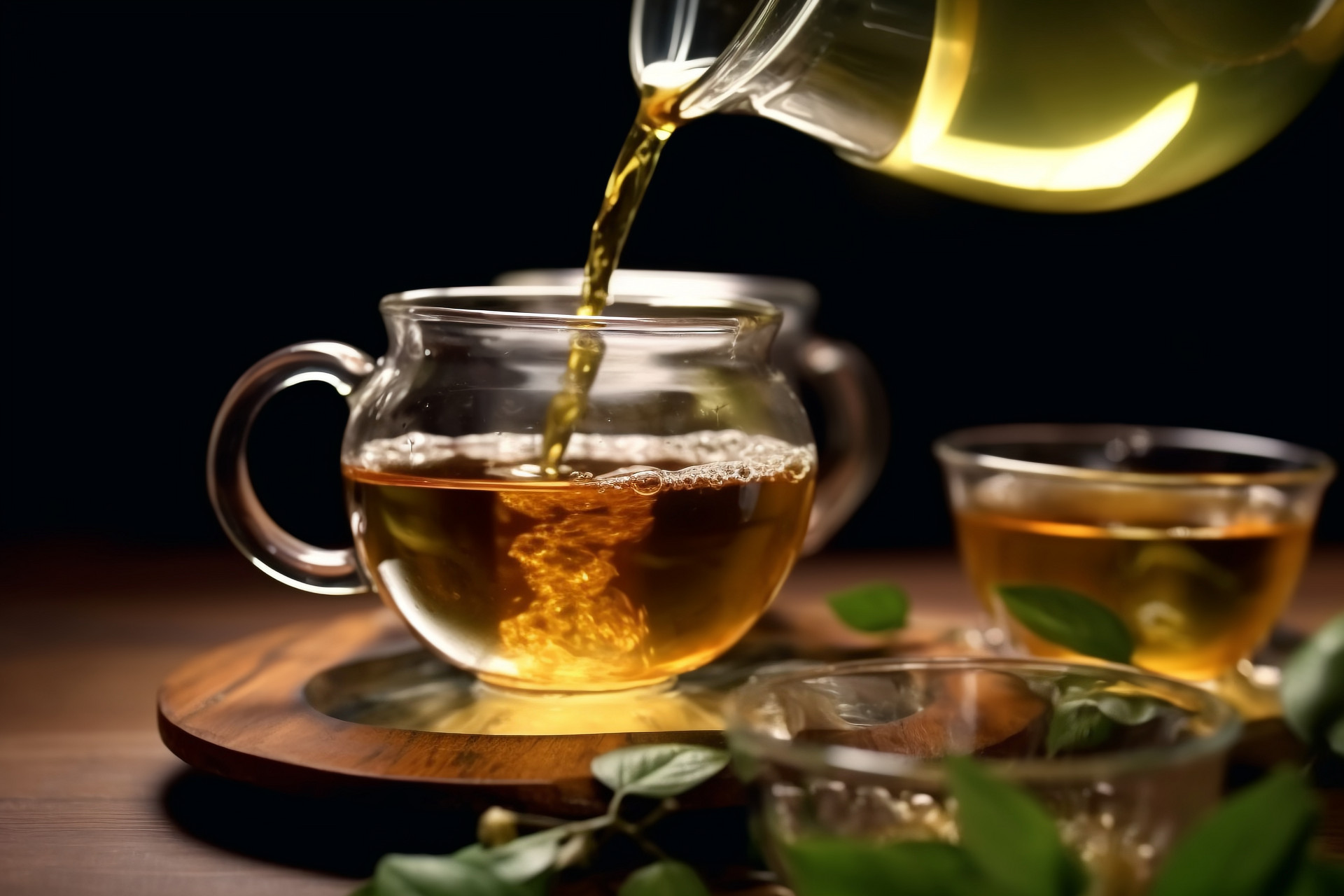

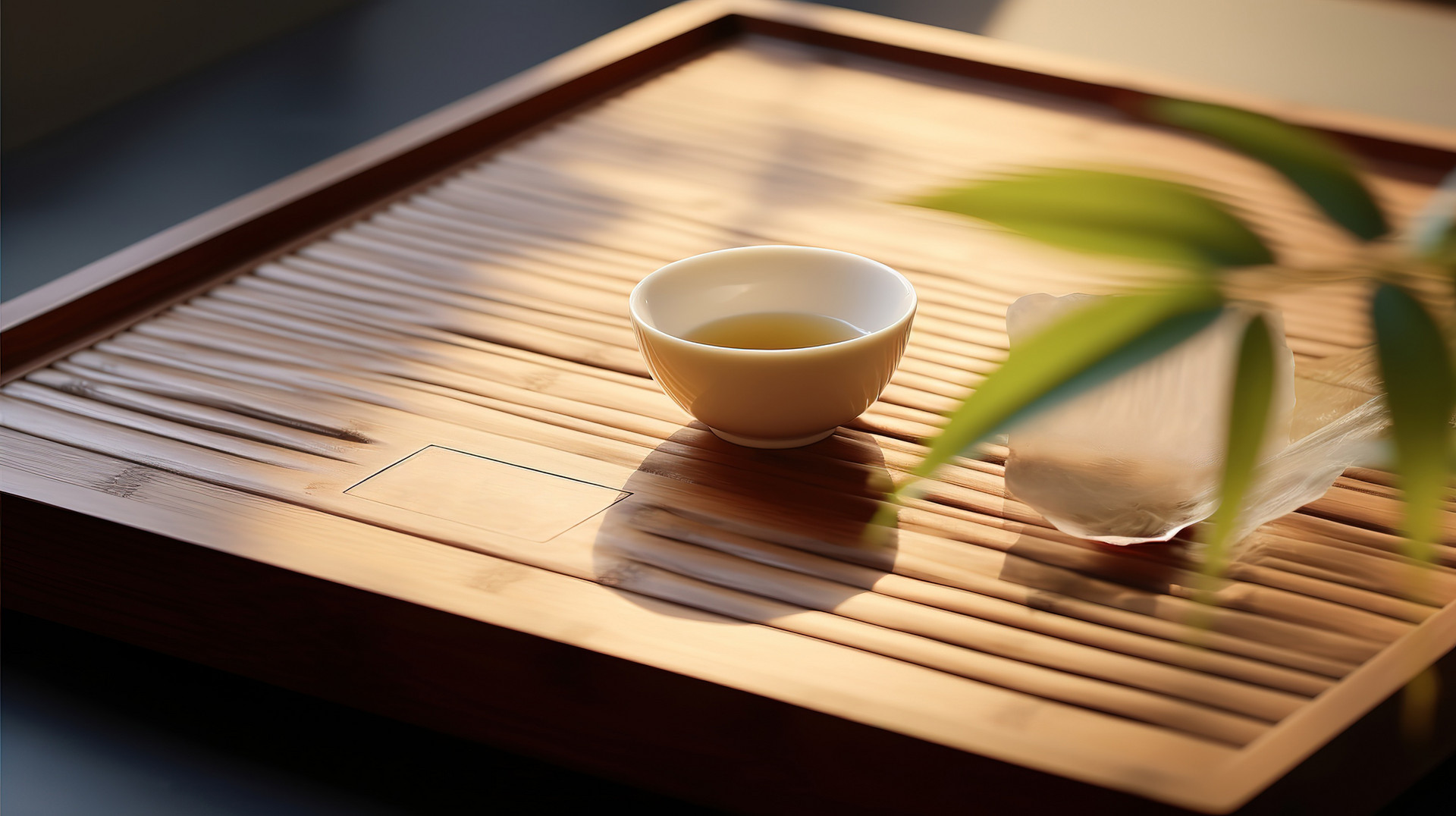
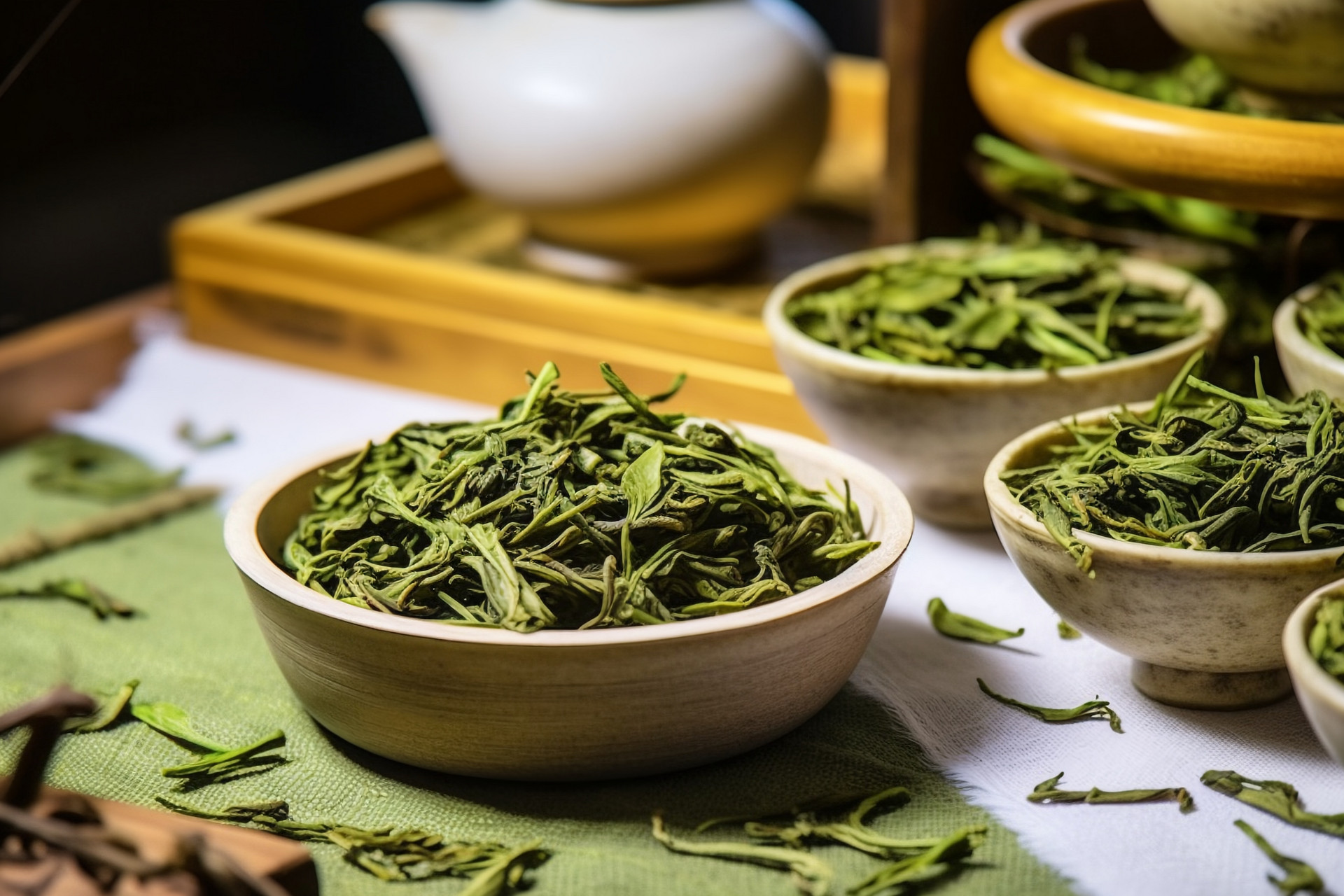
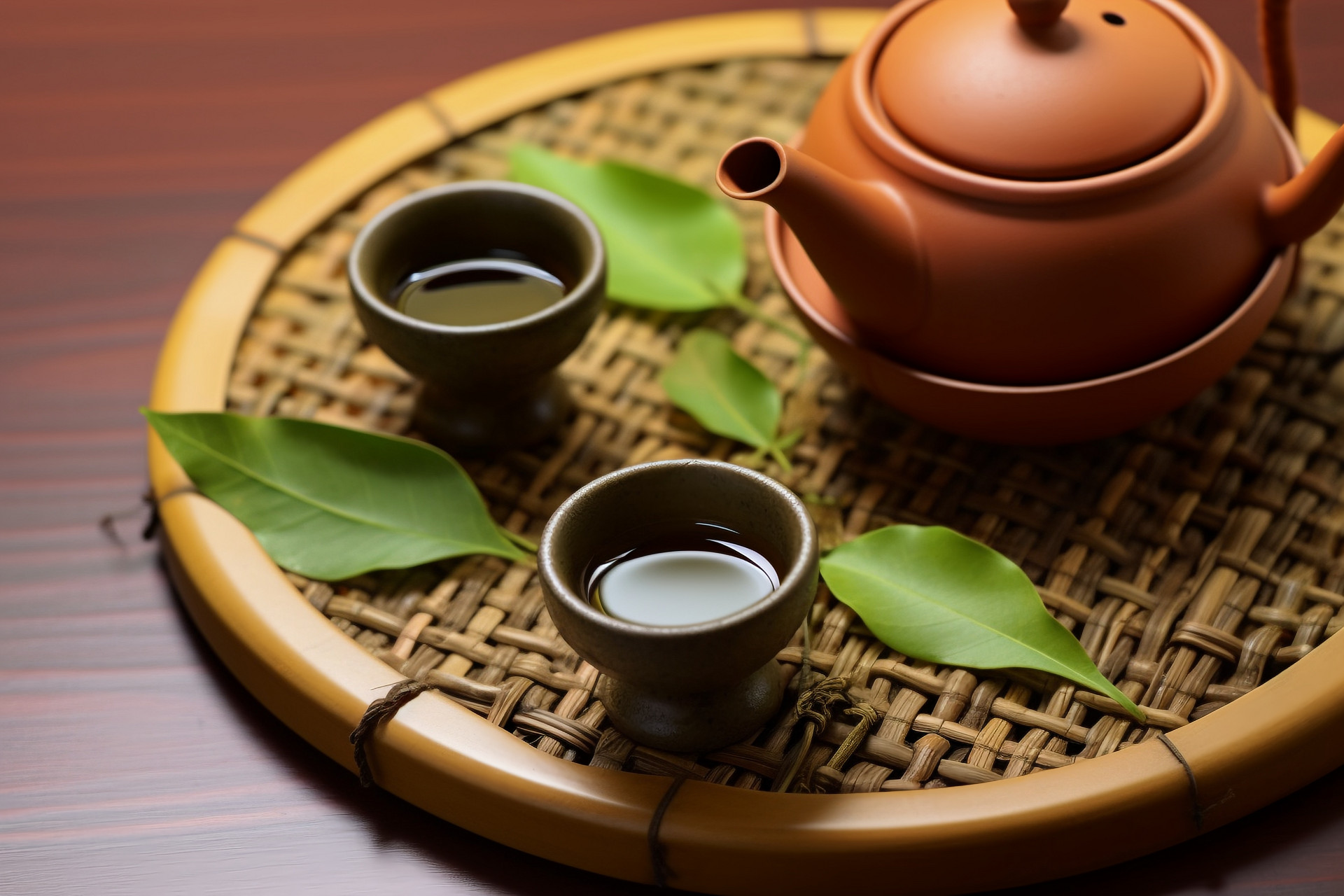
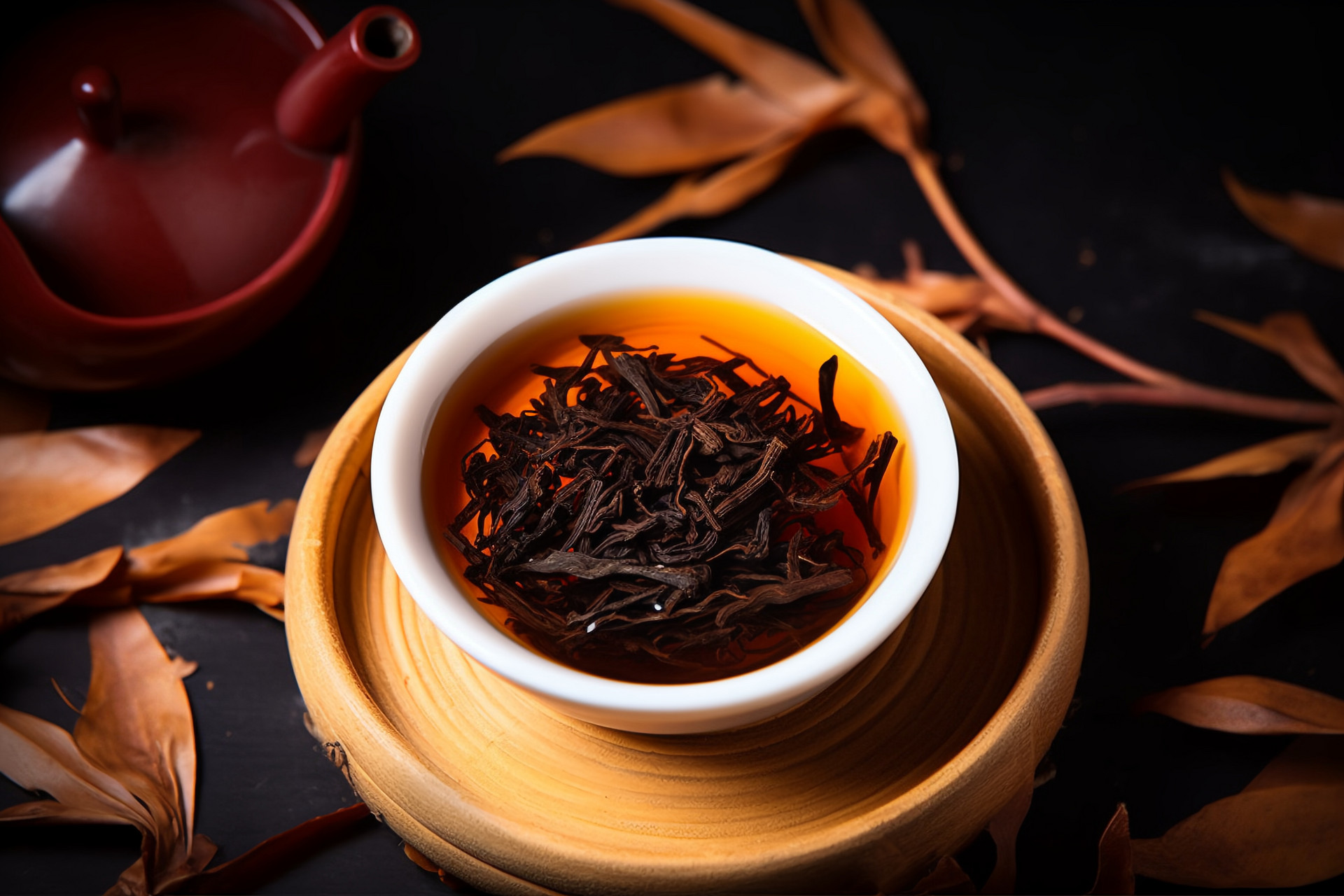
![[Herbal Wine Recipes for Health and Beauty]](https://tcmmaintenance.com/uploads/20240715/7241f6b6eafdaed88c28b26a37213964.jpg)